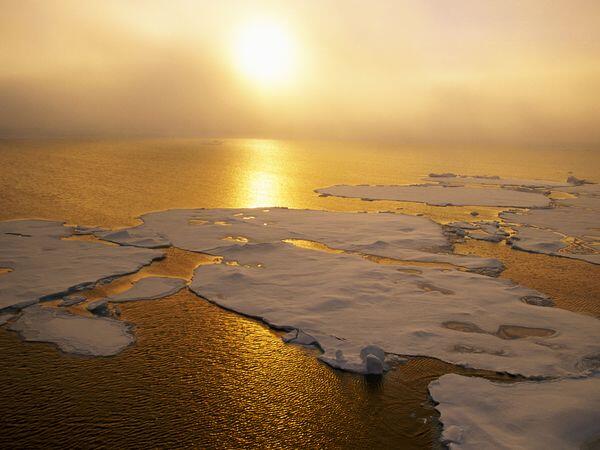Between 2010 and 2012 east Africa and between 2013 and 2015 to the south, at least 258,000 people died from drought causing climate change. Some 800 deaths were also associated with floods in Southeast Asia in 2011. Heat waves in India and Pakistan in 2015 took 4,100 lives.
A human losses are added economic. Hurricane Sandy, for example, generated losses of US $ 67,000 million. UU., And floods in Asia 2011 caused costs about $ 40,000 million.
The Global Climate in 2011-2015 report today in Marrakech Climate Summit (COP22) by the World Meteorological Organization (WMO) analyzes extreme events that occurred because of rising temperatures during these five years and allows us to understand better long-term trends of prolonged droughts and heat waves recurring.
According to experts, gas emissions of anthropogenic greenhouse are primarily responsible. In fact, by 2015, emissions of carbon dioxide for the first time reached 400 parts per million.
“The effects of climate change have been seen globally since the 1980s: Global temperature increase, on land and sea;sea level rise and melting. This has increased the risk of extreme events such as heat waves, drought and floods, “explains Petteri Taalas, Secretary General of WMO.
Of the 79 studies published in the Bulletin of the American Meteorological Society between 2011 and 2014, more than half reveal that climate change caused by humans contributed to these extreme events. Other works even confirmed that the probability of extreme heat increased 10 times or more.
2015 broke all records
The period 2011 to 2015 set a record worldwide for all continents except for Africa, which marked the second warmest period in its history. During these years the temperatures were 0.57 ° C above the average between 1961 and 1990.
Undoubtedly, the 2015-followed by 2014 was the warmest: temperatures during these months exceeded 0.76 ° C the reference period (1961-1990). In addition, for the first time global temperatures were 1 ° C higher compared to the preindustrial era.
One of the objectives of the Paris Agreement, which entered into force last Friday, is that temperatures do not rise more than 2 degrees Celsius by the end of this century. “The agreement aims to limit the rise in global temperatures to 2 degrees Celsius and make efforts to limit it to 1.5 ° C. But the report shows that in 2015, which broke the record, and reached 1ºC. Is likely to be exceeded in 2016, “adds Taalas.
Sea temperatures have also reached an unprecedented level: the average temperatures of the sea surface in 2015 were the highest, followed by 2014. The events of La Niña in 2011 and the Child in 2015 and 2016 affected also the temperatures in these years without changing warming trends.
According to the study, the mountain glaciers and Arctic sea ice, have also continued to decline. Between 2011 and 2015 the average sea ice extent in the months of September was 4.7 million km2, 28% less than the average between 1981 and 2010. However, Antarctica has been above those levels during many periods of five years.
The melting caused by warming oceans globally generates an increase in sea level is accelerating. According to satellite records from 1993 to present sea levels have risen about 3 mm per year compared with the trend of 1990-2010 was 1.7 mm per year.
All these consequences have caused a wave of extreme weather events across the globe. USA He beats its record high annual temperatures in 2012. Australia did in 2013. The summer heat waves affected the East Asia and Western Europe in 2013, and Argentina in December of the same year.
The report notes that for many of these events footprint of climate change is not entirely clear, although all these related to an increased vulnerability of each country. In the extreme rains that suffered UK in December 2015, climate change was responsible with a probability of more than 40%.
Experts are concerned about the “unusually prolonged” dry seasons and intense heat in the Amazon basin of Brazil in 2014 and 2015, an area that is considered one of the landmarks of the climate system events.
Source: scientificamerican.com











